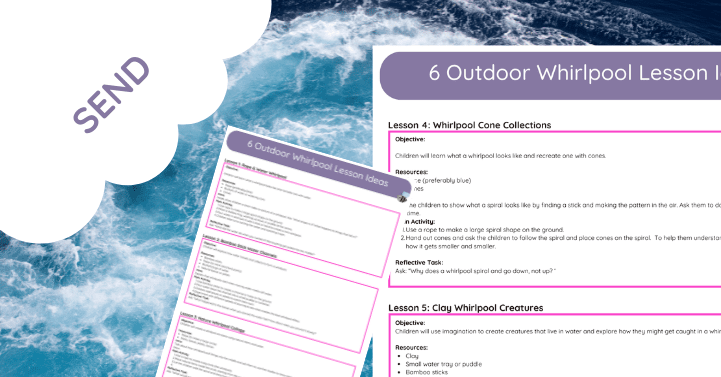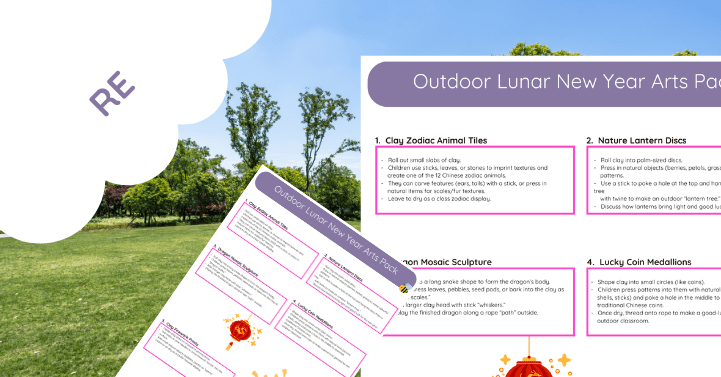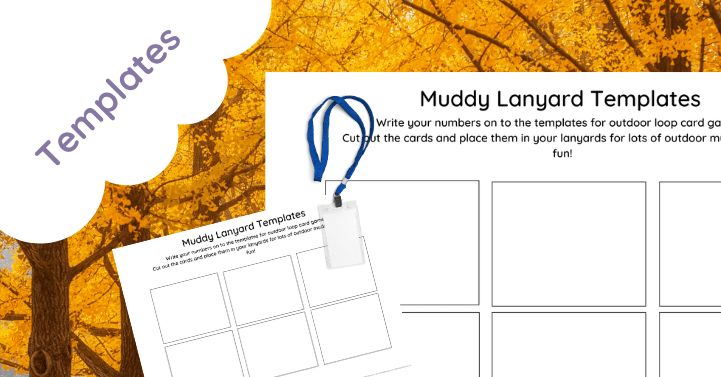Bring history to life with our comprehensive Life in the Stone Age Lesson Ideas! This engaging resource is packed with creative, hands-on activities designed to immerse students in the world of early humans and help them understand the challenges, innovations, and daily lives of Stone Age communities.
Key Features:
- Interactive Outdoor Lessons:
- Take learning beyond the classroom with activities like foraging for edible plants, building Stone Age shelters, and recreating prehistoric hunting techniques.
- Hands-On Experiences:
- Encourage creativity with tool-making simulations, fire-starting demonstrations, and Stone Age-inspired cooking on an open flame.
- Comprehensive Curriculum Integration:
- Aligned with KS2 history topics, this resource supports cross-curricular learning in history, science, and outdoor education.
- Engaging Discussion Prompts:
- Thought-provoking questions and reflections encourage critical thinking about survival, innovation, and the impact of ancient lifestyles on modern society.
- Adaptable for Various Learning Environments:
- Suitable for classroom teaching, forest school settings, and field trips.
Why Choose This Resource?
Perfect for teachers looking to make prehistoric history unforgettable, Life in the Stone Age Lesson Ideas combines practical activities with immersive storytelling to capture students’ imaginations. Foster teamwork, curiosity, and hands-on learning as children step back to experience life as our early ancestors did.
Transform your lessons into an adventure through time and nature!
Engaging neurodivergent children in outdoor lessons about Stone Age life offers a dynamic approach to learning, catering to diverse sensory and cognitive needs. The natural environment serves as a rich, adaptable classroom, fostering inclusivity and enhancing educational experiences.
Benefits of Outdoor Learning for Neurodivergent Children
Outdoor settings provide sensory-rich experiences that can be particularly beneficial for neurodivergent learners. Activities like foraging, tool-making, and shelter-building immerse students in hands-on learning, promoting engagement and retention. The open spaces and natural stimuli can also aid in sensory regulation and reduce anxiety.
Implementing Stone Age Lessons Outdoors
- Structured Exploration: Begin with clear instructions and visual schedules to outline the day’s activities, helping students understand expectations and transitions.
- Sensory Considerations: Consider sensory sensitivities by providing options like noise-cancelling headphones or allowing breaks as needed. Tailoring the environment ensures comfort and focus.
- Inclusive Activities: Design tasks that accommodate various abilities, such as collaborative shelter-building or guided foraging, to encourage participation and teamwork.
Supporting Neurodivergent Learners
Creating a sense of belonging is crucial. To foster a welcoming environment, encourage peer support and model inclusive behaviours. Educators should also learn about neurodiversity to better meet students’ needs.
Resources for Educators
- Twinkl’s Neurodiversity Resources: Offers materials to teach about neurodiversity and promote inclusive practices.
- Forest School Association: Provides insights into outdoor learning models that support diverse learners.
By thoughtfully integrating outdoor Stone Age lessons, educators can create enriching experiences that honour the unique strengths of neurodivergent children, making history tangible and accessible.












